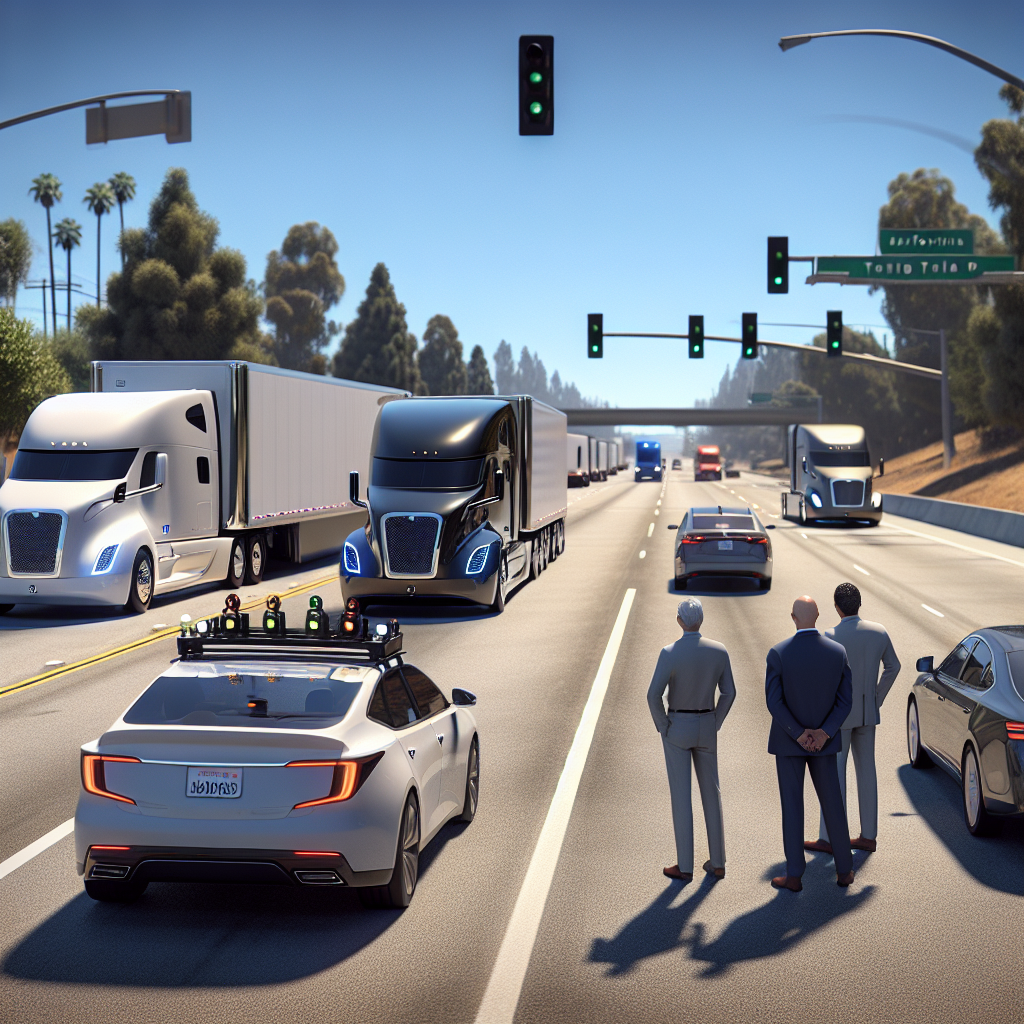California Considers Testing Self-Driving Heavy-Duty Trucks
California Considers Testing Self-Driving Heavy-Duty Trucks
Introduction
California is exploring the potential of integrating self-driving technology into heavy-duty trucks. This initiative aims to revolutionize the transportation industry by enhancing efficiency and safety on the roads.
Key Developments
- Regulatory Framework: California’s Department of Motor Vehicles (DMV) is evaluating regulations to allow the testing of autonomous heavy-duty trucks on public roads.
- Safety Concerns: The proposal has sparked discussions about safety, with stakeholders emphasizing the need for rigorous testing and oversight.
- Technological Advancements: Companies are investing in advanced technologies to ensure these trucks can navigate complex road conditions autonomously.
Stakeholder Perspectives
Various stakeholders, including industry leaders, safety advocates, and policymakers, are weighing in on the potential benefits and challenges of this initiative.
- Industry Leaders: Proponents argue that self-driving trucks could reduce operational costs and address driver shortages.
- Safety Advocates: Concerns are raised about the readiness of technology and the potential risks to public safety.
- Policymakers: Authorities are tasked with balancing innovation with public safety, ensuring that regulations are robust and comprehensive.
Potential Benefits
The introduction of self-driving heavy-duty trucks could bring several advantages:
- Increased Efficiency: Autonomous trucks could optimize delivery routes and reduce fuel consumption.
- Enhanced Safety: Advanced sensors and AI could potentially decrease the number of accidents caused by human error.
- Economic Impact: The technology could boost the economy by creating new jobs in tech and logistics sectors.
Conclusion
California’s consideration of testing self-driving heavy-duty trucks marks a significant step towards modernizing the transportation industry. While the potential benefits are substantial, ensuring safety and regulatory compliance remains paramount. As discussions continue, the outcome could set a precedent for the future of autonomous vehicles in the United States.






































